Face-Off: Dragonball Xenoverse
Street Fighter 5 developer Dimps gets to grips with PS4 and Xbox One.
Already on call to develop Street Fighter 5, Dimps gets its mitts on early with PlayStation 4 and Xbox One to achieve very mixed results. Though cut from a different technical cloth to Capcom's upcoming fighter - a more advanced Unreal Engine 4 title - Dragonball Xenoverse uses the studio's in-house tech to produce a 3v3 brawler in a destructible 3D space. There are some interesting ideas here, but also areas where the tech shows its age on newer hardware.
Dragonball Xenoverse plays out like the earlier Tenkaichi titles; an over-the-shoulder 3D design that has players soar across terrain at rapid pace. It renders at a native 1920x1080 on both PS4 and Xbox One, backed in each case by FXAA anti-aliasing, but the real eye-opener is in its newly added effects. Silicon Studios' excellent YEBIS 3 engine is the saving grace of the package - a middleware solution also used in Final Fantasy 15, adding a suite of strong post-process tricks. [UPDATE 9/3/15 11:24: The title is running on YEBIS 3, not YEBIS 2 as previously stated.]
This the game's selling point on the visual front, helping to lend Xenoverse a current-gen look, even if it is layered over a fairly simplistic world. The main highlights include its motion blur, depth of field, glare, and also several implementations of high-dynamic range lighting. The PC version offers graphical options to tweak each of these settings individually, but in comparison with Xbox One and PS4, it's clear that neither console receives the same top-grade treatment.
Alternative comparisons:
From the very first battle between Goku and Frieza, the console downgrade is obvious. Depth of field is of lower quality than PC, distorting the background to create a distracting pixel-crawl effect on camera pans. Full-screen motion blur looks superb on all platforms meanwhile, but neither PS4 or Xbox One come close to matching the PC's vivid lighting effects. High dynamic range is simply switched off on console, while glare (a bespoke form of bloom) is massively reduced as well.
In our zoomer gallery below, the difference is clear. Both PS4 and Xbox One miss out on the full breadth of the YEBIS 3 feature-set, resulting in a far duller image. Even with PC on its very lowest settings, where glare and HDR are switched off, lighting on console remains muted when placed directly side-by-side. Curiously, there's no PC-side .ini file allowing us to tweak settings to match console quality, making it difficult to remove the PC's lighting outright.
It's fair to say the PC does go overboard with its lighting tricks when maxed out, with plumes of light bursting from every spark and reflection. It's distracting, but a happy middle ground is possible by tinkering within the settings menu and dropping the glare option to low. For console owners it's a fixed image, and save for a discrepancy in texture filtering during one cut-scene (a quirk that favours Microsoft's platform), both PS4 and Xbox One offer the same sub-PC visual settings across the board.
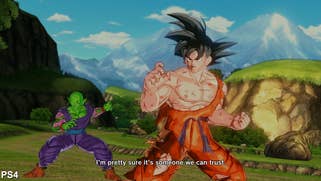
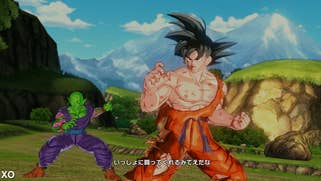
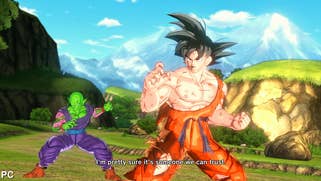
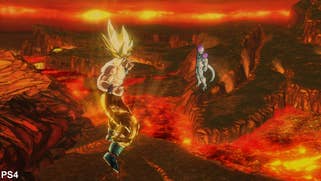


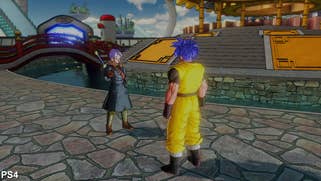



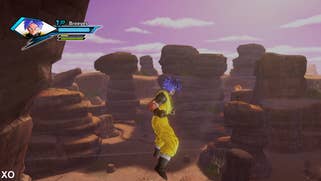
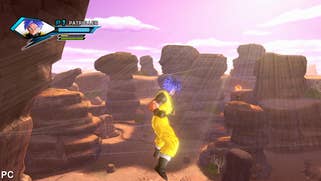

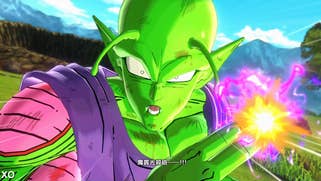
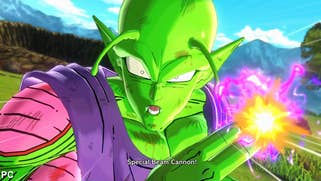
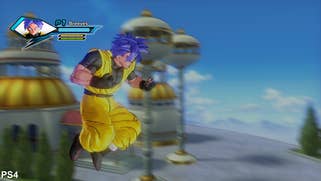
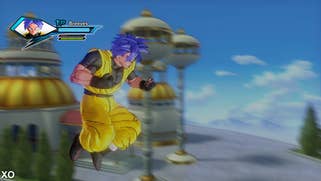
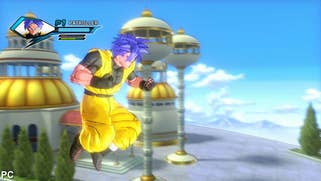
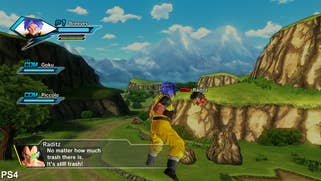
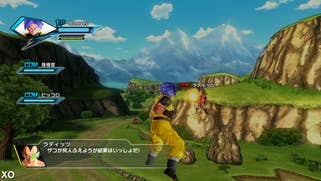

There is a twist though: the YEBIS 3 lighting effects are in full effect on console for select cut-scenes - typically the opener to each story mission. Alas, on close inspection it turns out these are only delivered as encoded movie files, rather than being rendered on the hardware itself. For these segments, both consoles match the PC's look at its best settings. The downside here is that this creates a noticeable drop in quality on switching back to gameplay (or cut-scenes rendered in-engine) - while the PC's look is altogether more consistent.
Putting effects aside, the game's core visual design is actually quite lacking. World and character details are built from basic geometric meshes, wrapped in texture maps that would comfortably cameo in a PS2 title. The game's frenetic combat disguises this to an extent (as well as the wealth of effects), but the MMO-style hub-world gives players time to see its glaring limits. Chief among these is the awful, blurry, trilinear texture filtering, in place on PS4, Xbox One - and even PC where there's no available setting to change it.
With such a simplistic visual setup across the board, you'd hope the game could at least target 60fps in line with Dimps' efforts with Street Fighter 4. However the reality is that both consoles target a measly 30fps, using an adaptive v-sync should either drop below this value. Gameplay rarely dips below the target, but we note Xbox One stuttering occasionally around the Toki-Toki hub world (causing one-off tears at the top of the screen). Microsoft's platform also tends to drop a cluster of frames on warping to new areas, where PS4 generally holds strong.
That said, the 6v6 battling unfolds impeccably at 30fps on both PS4 and Xbox One - and so it should. It's unambitious target to maintain, and completely overshadowed by the well-optimised PC port. Using an Intel Core i7 3770K paired with an inexpensive, middling card like the Nvidia GTX 650 Ti Boost, the game never drops below 60fps. It's as smooth as we could hope for, and even switching this out for an AMD HD 7790 - a similar GPU in spec to the Xbox One's - the game plays at a faultless 60fps. Locking out two cores in their entirety and limiting clocks to 3.5GHz (effectively causing our i7 to behave like an i3), again we saw no dips to performance whatsoever. Based on this, we suspect that 1080p60 gameplay should be attainable for the majority of modern gaming PCs.
On balance, the higher frame-rate makes Dimps' game a better experience on PC, and for this title's particular style, this makes a profound difference to the quality of the gameplay. Airborne movement is more fluid, and timing an attack on fast approach is also much easier to judge. The only exception is, of course, the pre-rendered cut-scenes, which are encoded at 30fps.
Overall, even from its best side, Dragonball Xenoverse is a disappointing showcase for the PS4 and Xbox One. The consoles may achieve visual parity here, but the PC's 60fps lead and superior lighting effects show the intended result - and by extension the weakness of Dimps' engine when faced with new hardware. Unreal Engine 4 is fast becoming the technology of choice for this generation's fighters, and going by the evidence here, it's clear why Street Fighter 5 is set to go the same way.



